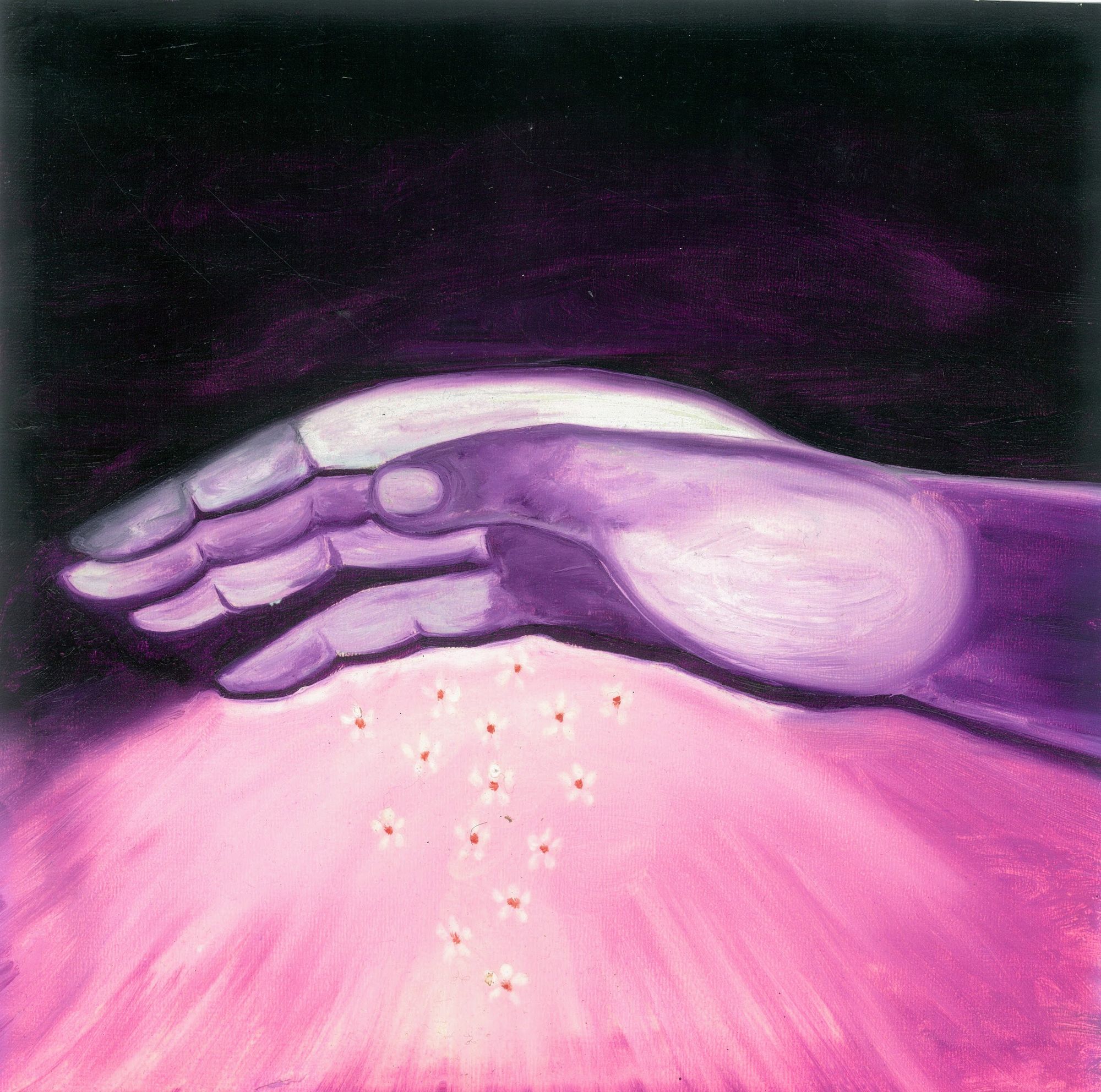Understanding the Purushottam Maas

According to the lunar calendar, the Shraavan/Saawan Maas would last for two months in 2023. Let’s try to decode what this means. The lunar calendar that we follow for festival dates, auspicious days, horoscope making etc. has 354 days, 8 hours, 48 minutes and 34 seconds or (354.36707 days)!
The Solar calendar has 365 days and 6 hours. The extra 6 hours are clubbed together to make 24 hours and a day is added in February, every fourth year, which becomes a leap year. There is a difference of about 11-12 days between the two calendar systems. To bridge this gap, an additional lunar month is added every three years. This re-occurs after roughly 32.5 months. The adjustment of the Adhik Maas is done such that the festivals fall in the correct season, year after year. That is why its position is not fixed like other months. It is called the Adhik Mass (extra month) or Mall Maas (inauspicious month).
Every month has a Devta attached to it. There was no Devta assigned to the Adhik Maas as its presiding deity. Legend has it that since no one owned this month, Lord Vishnu gave His name to the month, and named it, Purushottam Maas.
In 2023, the Adhik Maas has been added before (and to) the Shraavan Maas, so Shraavan is for 59 days. Resultantly Shraadh, Navratri and all festivals that follow, shall be delayed.
Everything in our culture has a reason and a season for it. The Solar calendar is used for determining the Sun’s position and all things related. According to the Solar calendar, the Sun transmigrates from one Zodiac sign to the next, on Sankranti day. Since there are 12 Sun signs, there are 12 Sankrantis. And there is no Sankranti in Adhik Mass!
Some people opine that since the days of Adhik Maas are inauspicious, it is good to spend time in prayer and meditation and seek the grace of God. I think that since it’s also called Purushottam Maas, it’s a time to spend time in thoughts of Purushottam! Let’s pray with devotion and positivity, not fear and negativity! Perhaps no auspicious work is done or started in this month because the anniversary of that event would fall in the Adhik Maas, and would never be around the same time of the year.
What amazes me is that the difference between the Lunar and Solar calendars is documented and acknowledged by all. Yet it is beautifully managed and aligned. This wonderful system has been devised by our ancestors for bridging the gap between the two calendars. India follows something called the Luni-Solar calendar. The dates of National importance, Banking etc. are fixed as per the solar calendar (also called the Gregorian Calendar), but festivals like Deepawali, Dusshera etc. are calculated as per the Lunar calendar.
I would often wonder how Makar Sankranti always falls on January 14th and Baisakhi on April 13th. At most they would vary by a day. Now I understand because they are some of the few festivals that are calculated as per the Solar calendar. The dates for other festivals like Rakhi, Janmashtami always vary because they are calculated in accordance with the Lunar calendar.
Interestingly, Prahalad’s father Hiranyakashpu had taken a boon from the Lord that he should not be killed by man or animal, neither in the day or night, neither on the Earth nor in the sky; no weapon should kill him; he shouldn’t die during any of the twelve months of the year. Lord Vishnu incarnated as Narasimha Avatar - (He was half man - half lion); the time was twilight (neither day nor night); Narasimha placed him on His lap (neither on Earth nor in the sky); and put his claws into his stomach (no weapon was used) to kill him! And the month was Purushottam Maas!!! I am speechless!
(This piece has been published in the Hindustan Times on 03.09.2023)
Please share your thoughts friends. It would be nice to know how you percieve the analogy in the article. Thank you :)
